In 2023, Vietnam will have about 530,300 hectares of cassava with an output of 10.6 million tons, ranking among the world's largest cassava exporting countries.
However, the story of unique native cassava varieties with high nutritional value and commercial potential has not been properly exploited. Among them, Phu Tho yellow cassava (turmeric cassava) stands out for its characteristic color, delicious tuber quality, rich in β-carotene and wide adaptability.
Rare indigenous genetic resources with many outstanding advantages
Phu Tho yellow cassava has an easily recognizable shape: 2 - 3 m tall, light orange color; green leaves divided into 7 lobes; red petiole; tubers have brown skin, light yellow flesh, when processed it turns a beautiful turmeric yellow. Nutritional analysis shows that the starch content is about 25%, while also containing high levels of β-carotene (1.11 µg/g tubers), an important antioxidant that is good for the user's health. Thanks to its low HCN content, cassava tubers are sweet, fragrant and very suitable for processing fresh foods such as boiling, steaming, cooking sticky rice or making traditional cakes.
Not only does this cassava variety have good quality, it is also more resistant to pests and diseases than many popular varieties today. This is an important factor in the context of climate change, which causes pests on cassava plants to increase.
Realizing that potential, many years ago, Vietnam cooperated with international organizations such as IDRC (Canada), CIAT, Kopia and CIP to collect, preserve and research native cassava genetic resources. In that genetic resource system, Phu Tho yellow cassava is identified as a rare variety that needs to be restored and developed to both preserve genetics and create higher economic value.
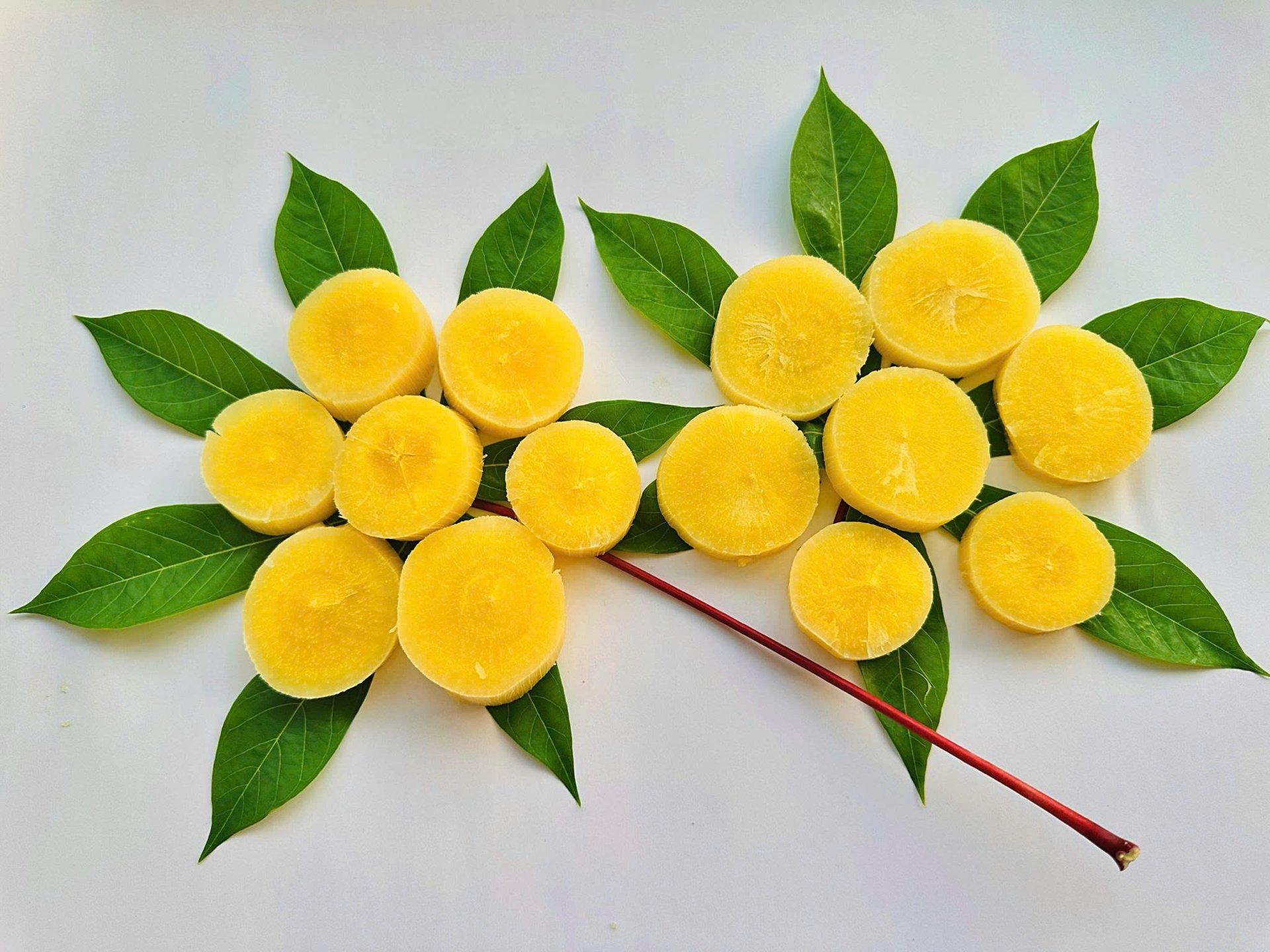
Phu Tho yellow cassava for added value and sustainable development.
According to the self-assessment report of the scientific task "Research on exploitation and development of Phu Tho yellow cassava genetic resources in some provinces of the Northern midland and mountainous region" (code NVQG-2021/DT.22) chaired by the Institute of Food Crops and Food Plants, the research team has successfully restored the Phu Tho yellow cassava variety, completed the description of agrobiological characteristics and built a breeding process and cultivation process suitable for the conditions of the Northern midland and mountainous region. This is considered an important step forward, creating a scientific foundation for exploiting precious indigenous varieties in a modern and sustainable direction.
The research team has determined the optimal planting season and harvest time for Phu Tho yellow cassava variety. The second season (February 15-20) and harvest after 8-9 months is determined to give the highest yield and quality of tubers. At this stage, tubers reach great uniformity: 26.6-31 cm long, 2.47-3.06 cm in diameter - a size suitable for market and processing requirements.
The average yield was 24.16 tons/ha at the 8-month harvest time and 26.18 tons/ha at the 9-month harvest time, far exceeding the traditional yield of 10-15 tons/ha stated in the mission's target. Net profit reached 91.6-92.5 million VND/ha, the highest level in the trial seasons.
The results of the 30-hectare trial production model in Phu Tho, Thai Nguyen and some northern mountainous provinces also showed that the yield of type 1 tubers reached 16.2 - 20 tons/ha, of which Thai Nguyen achieved the highest at 24.2 tons/ha. This is an increase of 43.8 - 61.7% compared to the area planted with old varieties outside the model, helping to increase economic efficiency by 56% compared to previous farming methods.
Not only stopping at improving productivity, the research team also completed a set of scientific products including a seed garden of 1,000 trees/year, 200,000 standard cuttings, a rapid propagation process, a safe and sustainable cultivation process and technical instructions for processing cassava vermicelli and cassava vermicelli according to food safety standards. These results have high application value, helping localities proactively expand production, build stable raw material areas and develop processing chains towards product diversity.
Dr. Pham Thi Thu Ha (right) - project leader - is excited about the restored cassava variety.
From indigenous genetic resources to regional specialty products
One of the notable points of the mission is social effectiveness. Through training courses, field conferences and coordination activities with local authorities, the research team has helped agricultural extension officers and farmers access new technical knowledge: breeding techniques, quality control of tubers and cuttings, and sustainable farming processes. This is an important foundation for farmers to maintain seed quality and increase long-term income.
Cassava, which is a "poverty reduction" crop in many localities, when upgraded with scientific processes, will become a high-value economic crop. With the advantage of good resistance, few pests and diseases and low care needs, Phu Tho yellow-fleshed cassava is especially suitable for production conditions in the midlands and mountainous areas of the North - where the land is steep, dry and there is a shortage of labor.
The close connection between research institutes, local authorities and people not only helps to spread the results of the project but also creates the basis for the formation of large-scale seed production areas, gradually participating in the value chain of the cassava processing industry, which has been growing rapidly in recent years.
Phu Tho yellow cassava has many advantages to become the local key agricultural product: beautiful color, high nutritional content, suitable for food processing and can be developed into OCOP products. Cassava products such as cassava vermicelli, cassava turmeric starch, cassava cake - have the potential to become typical goods of the Northern midland and mountainous region when the process is standardized and the origin is traceable.
Particularly, in the context of the international market paying more attention to native varieties rich in antioxidants, the β-carotene content of yellow cassava opens up great opportunities for deeply processed products, associated with nutrition and health.
With the initial research results, Phu Tho yellow cassava variety has not only been successfully preserved but also opened up a wider path for development - from restoring varieties, building production models, perfecting technical processes, to creating a foundation for developing commercial products. That is also the important goal of the National Program for Conservation and Sustainable Use of Genetic Resources: turning indigenous values into new growth drivers for the agricultural economy.
With the synchronous participation of science and technology, agriculture and localities, Phu Tho yellow cassava variety has all the conditions to become a crop with high economic value, contributing to the conservation of valuable genetic resources, diversifying livelihoods and moving towards a green, sustainable agriculture that adapts to climate change.
Center for Science and Technology Communication
Source: https://mst.gov.vn/san-ruot-vang-phu-tho-cho-gia-tri-gia-tang-va-phat-trien-ben-vung-197251120005617277.htm















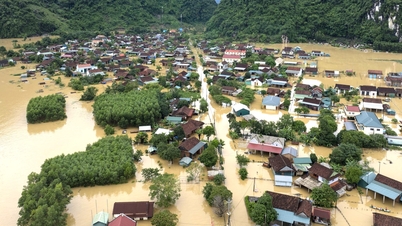







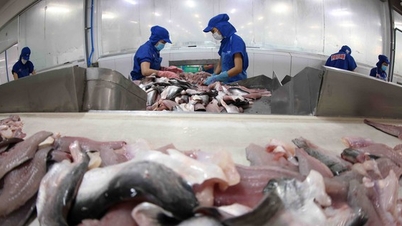




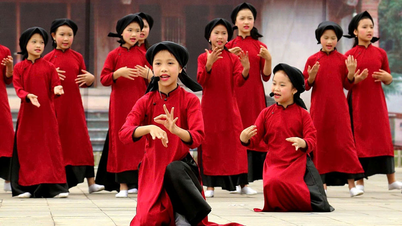




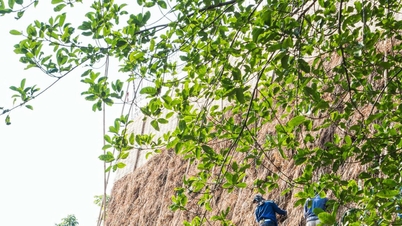




























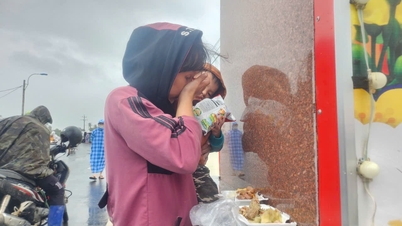






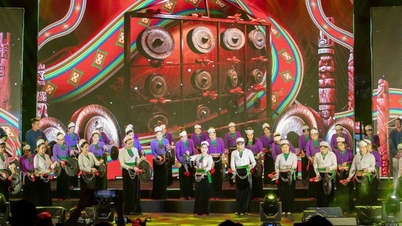


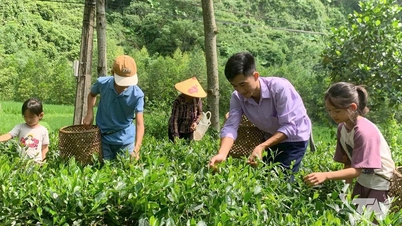


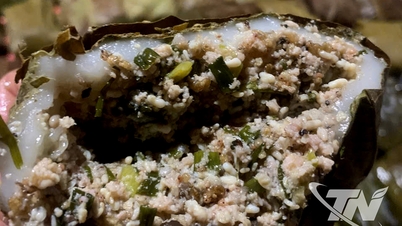


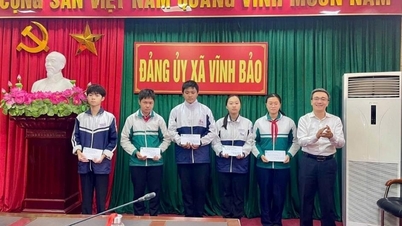

















Comment (0)